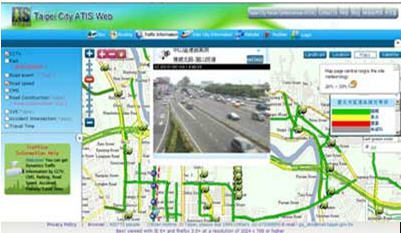

The map caching mechanism is built-in the Ultra and Flex websites of SuperGIS Server 3. It allows the enterprises to effectively improve the website performance by increasing the website browsing frequency and the cached image quantities and strengthening the Internet transmission rate and the operation capability of IIS no matter the enterprise publishes extremely large quantities of map data or the map services with numerous layers. Besides, SuperGIS Server 3 websites do not limit the number of concurrent users.
As a result, the loading of the website server host acts as the crucial factor that influences the website performance. In the white paper, various suggestions are provided for the different testing results to help developers who create the related website services to evaluate their own server environment and create a high-efficient GIS website by reading the relevant data and suggestions in the report. To know more about the SuperGIS Server 3 Website Performance and Stress Test Report, please download at http://www.supergeotek.com/download_1.aspx.